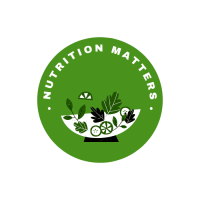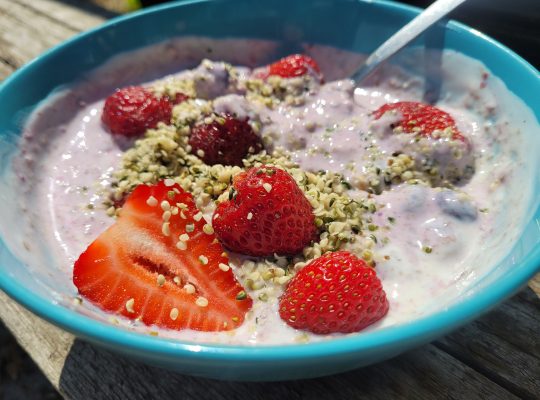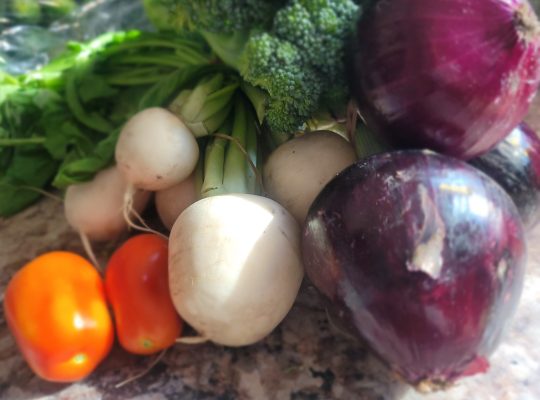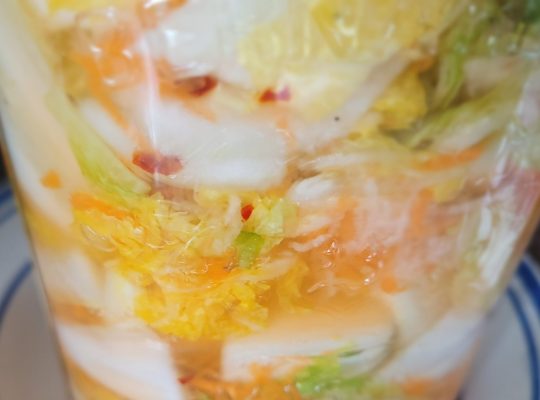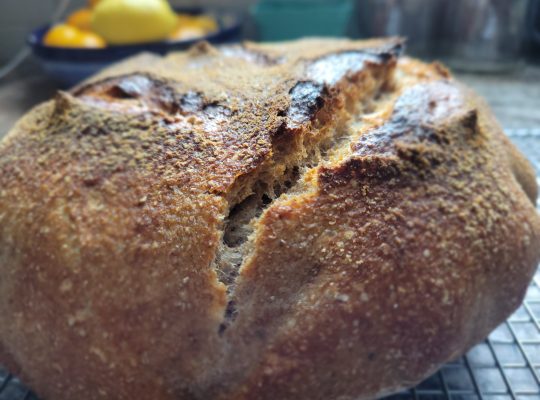At the beginning of this year, I decided to walk the talk on digital minimalism and so, I removed the two social media apps I use (Instagram and Twitter) off my phone.
I now access them via my laptop which is less user friendly than when using the phone. A more deliberate way, which I like. Here’s something interesting I discovered though.
Real vs. enhanced
Sending photos from my phone to laptop to post them has revealed a startling difference: the phone versions are colour-enhanced to the point of making the laptop versions look … ordinary.
But of course, they are not – no more than real life is.
Most importantly, the laptop image matches the real landscape: trees drinking beautiful morning sunlight, their shadows lazily draping over lush green grass. Bird songs, the fresh smell of a late spring day, a light breeze. And it’s the whole experience that counts, not just the photo of it.
Now imagine if you were to see only enhanced images for the longest time and then you’d go out and see the real thing. Like it or not, real colours might appear less spectacular than you’re used to, at least for a short while. Strange but true.
It’s the same with food
If your goal is to stay healthy and eat real foods, go after the goodness of whole, real foods. This includes fruit, veggies, and if you’re an omnivore, animal products, ideally from small local farms.
Whether you eat them fresh or cook them, the idea is that you purchase foods that are minimally processed. I am not saying that all food processing is bad: we have been cooking, fermenting, and using many other food preservation techniques for thousands of years in order to make best use of harvested foods.
And it works. In fact, it allows us to eat the local fare way past its prime harvest time, which is also part of eating a healthy diet that has a lower environmental impact.
Unless it was born in a lab
But then the food industry took it too far and created products that are being referred to as ultra processed foods (UPFs). They include sugary drinks, sweets, cookies, cakes, salty and sweet snacks, margarine, sauces, salad dressings, reconstituted meat, burgers, pizza. (Some will argue that there are some UPFs that are better than others and that is true to an extent, but there is a common denominator: they are a long way from whole foods.)
They have a long shelf life, and they sport flavours that cannot be reproduced at home which can make many people compare and then shy away from the ‘bland’ taste of real foods.
They are best used sparingly. Here’s why: they have been engineered to have the right proportion of salt, fat, and sugar, plus some enticing flavours too. That perfect mix makes them irresistible for many, more so if we happen to be hungry, stressed, or sleep-deprived.
The compounded problem
They are easy to eat, tasty to a fault, and most people can eat them past the satiety signals. Both taste buds and reward pathway neurons will be having you reach for more.
It’s easy to see why people come to love UPFs even though their health suffers. They provide pleasure and we’re wired to seek more of it. And therefore, eat more such foods. Canadians have been increasing their daily caloric intake derived from UPFs to almost 50 percent in the last decade, with young people consuming the most.
But they contribute to high obesity rates, are pro-inflammatory and have been associated with an increased risk of many chronic diseases, due to their high content of sugar, refined oils, and lack of fibre. The lack of fibre also increases the risk of gut permeability, which brings about more inflammation and a higher risk of autoimmune diseases.
By comparison…
These foods are not real in the sense that we need food to be real. Real foods sustain health because they provide enough nutrition when you eat normal portions. Also, they sustain not just your needs, but those of your microbiome too because they supply soluble and insoluble fibre, which is something that ultra processed foods lack (hence the effortless overeating).
Also, provided that you have a mix of cooked and raw whole foods that you prepare your meals with (plus spices and a bit of oil), the satiety signal will be there to let you know when you’re full. It’s how we’ve functioned for thousands of years.
Drop some UPFs from the menu? It’s worth it
Real food is comfort food (the actual real comfort food!), it nourishes your body, and you have a wide variety of anti-inflammatory options to choose from.
As for flavours, meaning real flavours present in raw foods or the complex ones developed during cooking, when you add spices and herbs, they may seem bland if you are used to eating a lot of ultra processed foods that come with a cocktail of chemicals.
But you have to trust that the brain knows exactly how to process the real ones in order to prevent overeating. We’ve been doing this for a long time as a species.
Give it a couple of weeks and you’ll love the taste of your home cooked meals more and more. That’s because the taste of real foods goes beyond the initial strong punch that UPFs usually deliver. Real food provides that deep-seated long-lasting satisfaction you’ll only find in real foods.
Much like you would find absolute delight in seeing real nature landscapes rather than some perfect enhanced-colour version on a screen.
